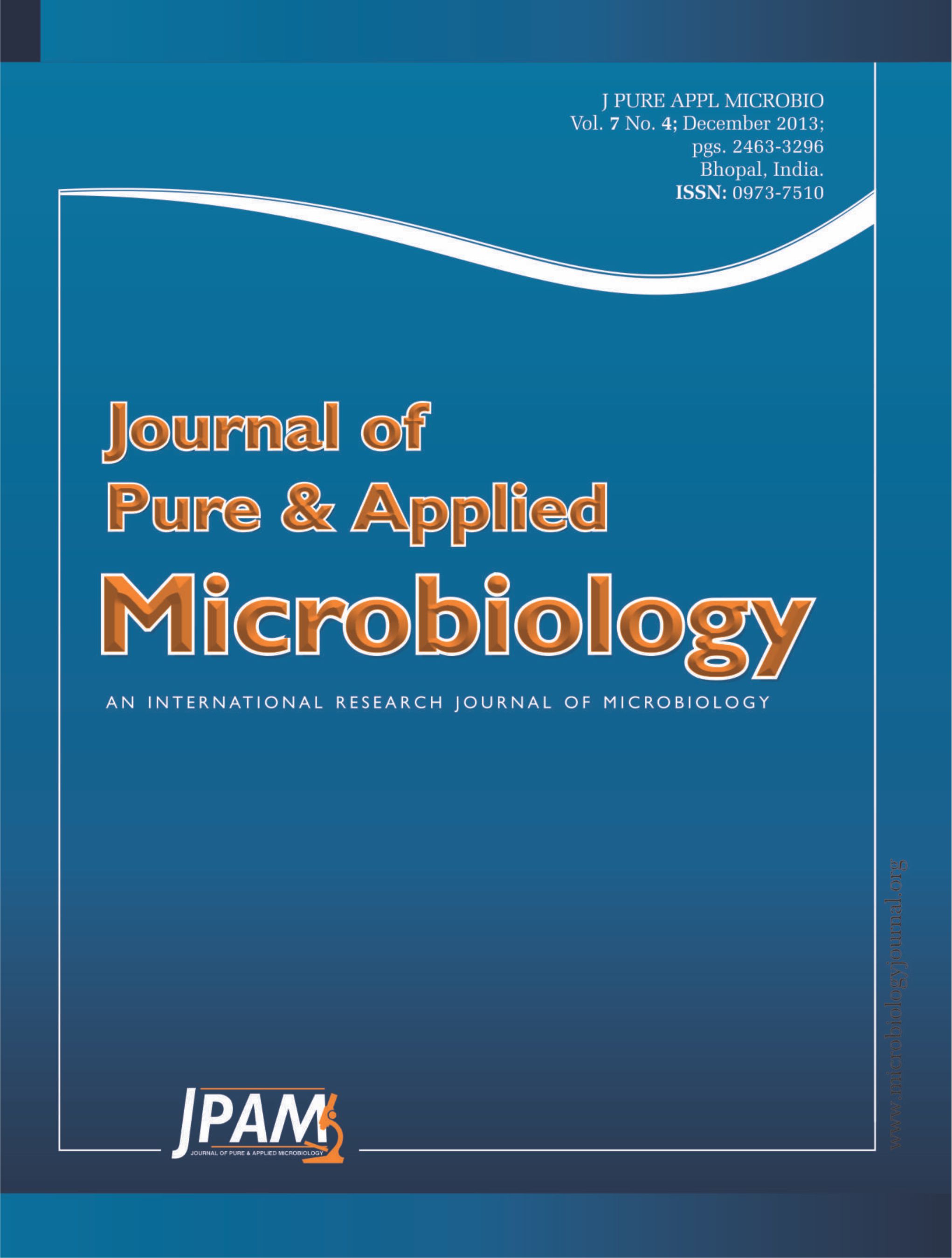The worldwide higher usage and release of Pharmaceutical and Personal Care Products (PPCPs) into is an emerging environmental issue as it has adverse effects to humans, animals, plants and microorganisms. Hence it is necessary to find a novel mechanism to degrade and remove these PPCPs from the polluted site. One of the possible methods is employing white rot fungi, as it has the capability of degrading lignin. In this study, use of white rot fungi Verticillium leptobactrum KCTC 26026 to degrade a b-lactam antibiotic ampicillin was investigated. The antibiotic was added at a concentration of 0.5 mg L-1, 1.0 mg L-1 and 2.0 mg L-1 and incubated for 7 days in a laboratory simulated environment. The HPLC-DAD studies have shown 100% depletion of ampicillin. To the best of our knowledge, this is the first study in which white rot fungi Verticillium leptobactrum KCTC 26026 was employed for degrading antibiotic.
Biodegradation, Ampicillin, Verticillium leptobactrum, White rot fungi, HPLC
© The Author(s) 2013. Open Access. This article is distributed under the terms of the Creative Commons Attribution 4.0 International License which permits unrestricted use, sharing, distribution, and reproduction in any medium, provided you give appropriate credit to the original author(s) and the source, provide a link to the Creative Commons license, and indicate if changes were made.


